George Washington's Townhouse Lots
After his presidency, George Washington planned to live only a few blocks from the Capitol building.
In 1798 George Washington, who was by then the former President of the United States, purchased two lots near Capitol Hill to build adjoining townhouses which he could live in and work from when he wanted to get away from Mount Vernon. Washington wrote out sketches for the builder, George Blagden. Blagden was instructed to work with architect William Thornton—the first person to be designated with the title Architect of the Capitol, who designed, among other things, the U.S. Capitol Building. Washington estimated that the combined value of the houses when finished would be around $15,000. The houses were constructed in just under a year, although Washington only got to visit them once before he died. Even though he never officially moved in or even spent the night, the townhouses were known as “General Washington’s houses” and were used to hide valuable records when British troops burned the Capitol in 1814. Unfortunately, the townhouses were also burned and left in ruins. In 1817, a man named David English purchased the lot and the remains of the houses. The houses have had multiple other owners since, including Admiral Charles Wilke in 1834, whose impressive career in the Navy included exploring the Antarctic Ocean and Hawaiian Islands (and nearly causing a war between the United States and Great Britain). Eventually, the houses were remodeled and renamed Hillman House and Kenmore House and used as both a boarding house and hotel. Today, there are no houses on George Washington’s original building lots. There is, however, a small stone monument and a plaque that reads “Here were the lots acquired on October 3, 1798 by General George Washington and on which he built two brick dwellings from designs by Dr. William Thornton. A dwelling remodeled from the two dwellings was owned and occupied by Admiral Charles Wilkes, the famous explorer.”
Know Before You Go
The plaque is located in Upper Senate Park, in the green space between the Capitol building and the Senate Fountain. Walk directly toward the Capitol from the fountain and the plaque and lots will be on your right.
Community Contributors
Added by
Edited by
Plan Your Trip
The Atlas Obscura Podcast is Back!


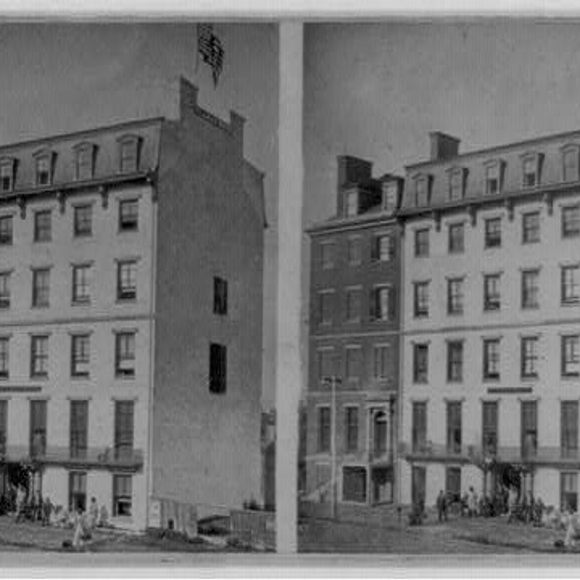

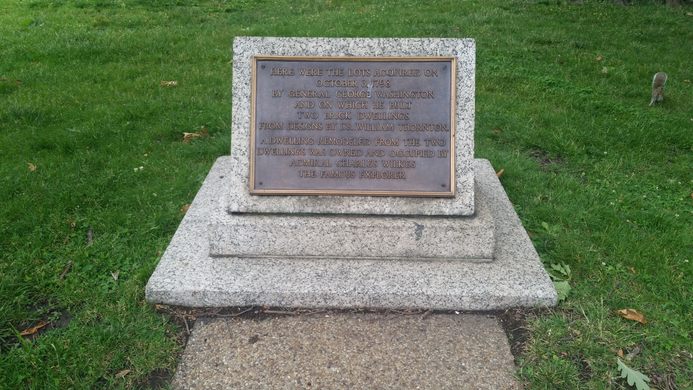

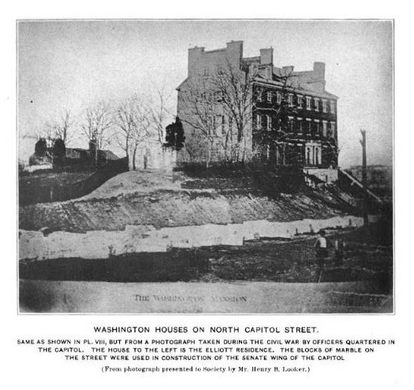
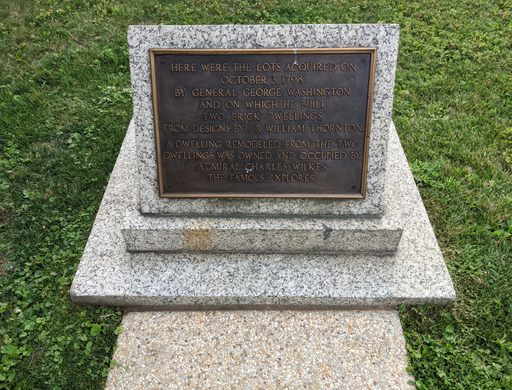
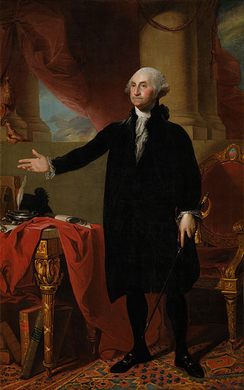





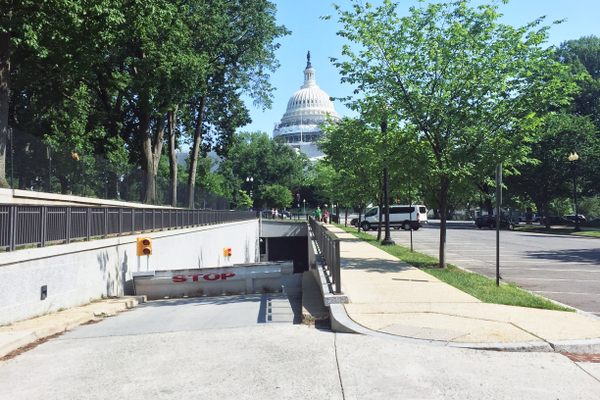




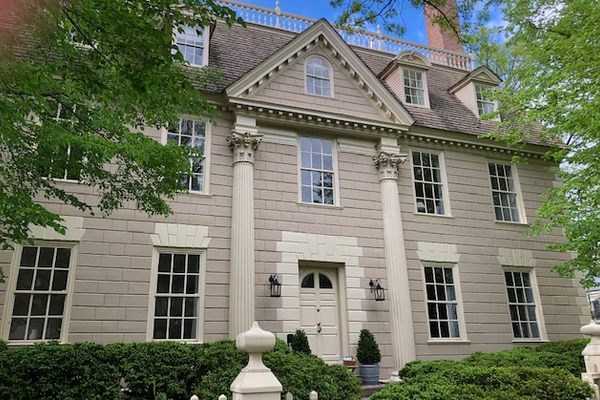



Follow us on Twitter to get the latest on the world's hidden wonders.
Like us on Facebook to get the latest on the world's hidden wonders.
Follow us on Twitter Like us on Facebook